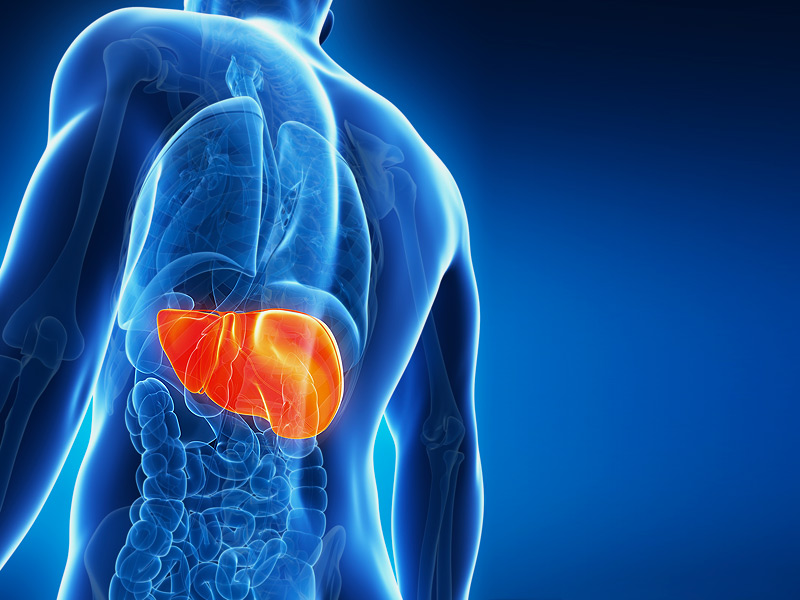A pilot plan to eliminate hepatitis C among prison inmates to be implemented from March will start in two prisons located in Karaj city, Alborz Province. Identification of infected patients and providing antiretroviral treatments are the two main goals of the scheme.
“It is estimated that 100-150 prisoners will undergo a 9-month antiretroviral therapy (ART). If successful, it will be implemented in all prisons across the country,” IRNA quoted Dr. Seyyed Moayed Alavian, head of Iran Hepatitis Network (IHN) as saying Sunday.
The scheme has been developed jointly by the Health Ministry, IHN and Iranian Association of Gastroenterology and Hepatology (IAGH). A domestically-produced medicine will be used for treatment of the infected inmates, he said.
Unveiled last July under the name ‘Sovodak,’ the antiviral biosimilar interferon medicine for liver infection is said to be effective, and causes no side effects.
ART treatment is the using of antiretroviral medicines that can slow the rate at which the virus makes copies of itself (multiplies) in the body.
“This allows the liver to stay healthy and the goal of the therapy is to reduce the virus in the body.
Hepatitis C is a liver disease caused by the hepatitis C virus (HCV) which can cause both acute and chronic hepatitis infection, ranging in severity from a mild illness lasting a few weeks to a serious, lifelong illness.
Unsafe Practices
The virus is blood-borne and the most common modes of infection are through unsafe injection practices, inadequate sterilization of medical equipment, and the transfusion of unscreened blood and blood products.
Among patients with chronic HCV infection, approximately one-third progress to cirrhosis, a condition in which the liver does not function properly due to long-term damage. Typically, the disease comes on slowly over months or years.
Antiviral medicines can cure approximately 90% of persons with hepatitis C infection, thereby reducing the risk of death from liver cancer and cirrhosis. There is currently no vaccine for HCV.
Alavian also pointed to immunization of prisoners against hepatitis B. “Last year, 300,000 prisoners got vaccinated against the disease.”
Hepatitis B is also a viral infection that attacks the liver. The virus is transmitted through contact with blood or other body fluids of an infected person.
There are approximately 200,000-300,000 people infected with Hepatitis C in Iran, most of whom are drug addicts. “People who inject drugs are currently the ones at risk for HCV infection,” Alavian said.
The government has said it is committed to eliminating the disease by 2030.


